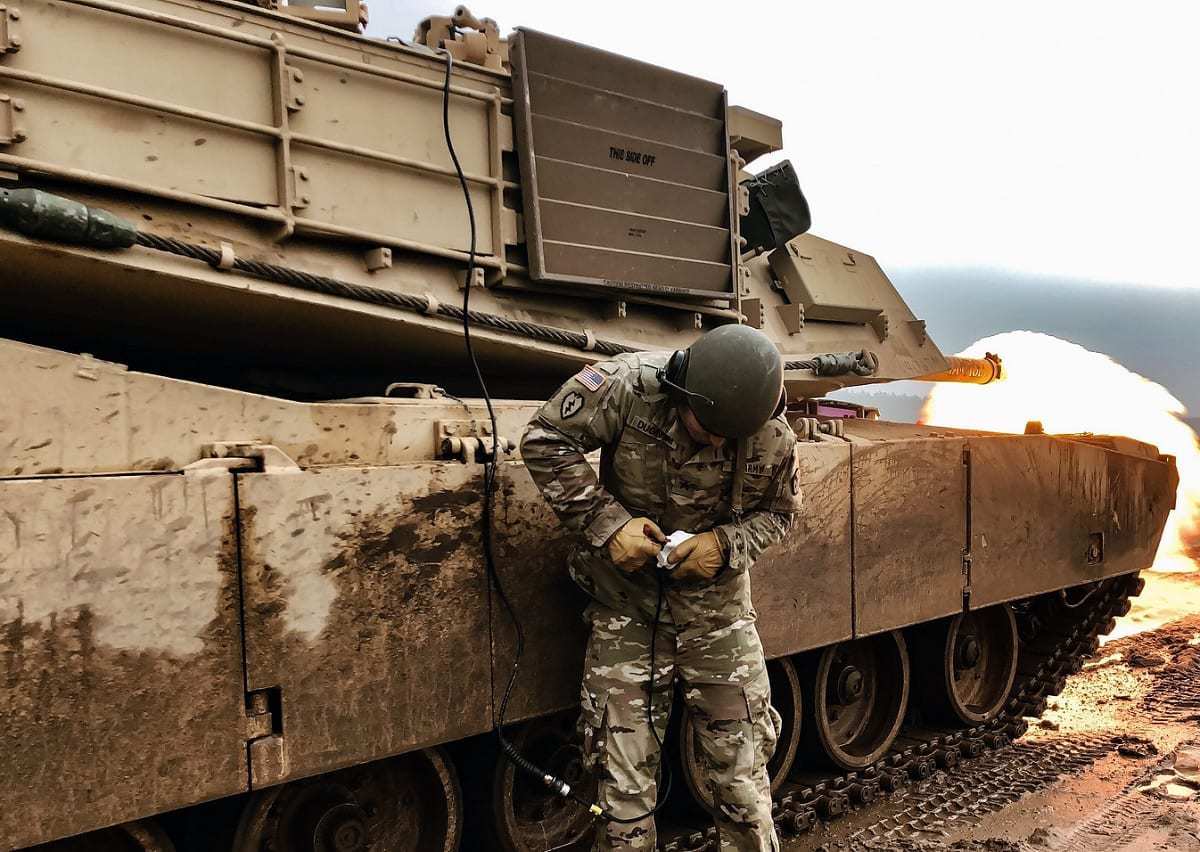Infantry has long been described as the “Queen of Battles,” and while the quote was first attributed to Sir William Napier of the British Army in the 19th century, its origins likely date back even further. By contrast, artillery was long known as the king for its ability to strike over vast distances with lots of force while remaining mobile and accurate.
However, the First World War may have upended that traditional view when the first tanks rolled across the battlefields of the Western Front. A generation later the tank combined (and even exceeded) the speed of the cavalry, the range of the artillery, and the defensive capabilities of infantry, and has been the dominant weapon of the modern battlefield.
This is why more than 100 years after the first armored behemoths were deployed in action there are still 73,000 tanks in the military arsenals of the world, according to Nicholas Drummond, a British military consultant, and commentator.
“Of these 24,000 belong to potential adversaries and 20,000 are in storage and at least 10,000 have been modernised over the last decade,” wrote Drummond on social media, whilst citing data from the International Institute for Strategic Studies.
Who Has the Most? Russia Is the King
Most sources agree that Russia is the world’s tank king with roughly 13,000 tanks, but many of its tanks are older than their tank crews. Moreover, only a few thousand of Russia’s tanks are actually ready to be deployed if necessary. The rest are older T-80s and T-72s that are kept in reserve. Still, if needed, Russia could deploy a vast tank force.
Second to Russia in total tanks is North Korea, which boasts a force of some 6,145 tanks. That may sound like a solid number and look good on paper, but it is actually a paper tiger. If Russia’s armored force is antiquated, it could be argued that the Hermit Kingdom’s arsenal of tanks is downright ancient. While Pyongyang has tried to convince the world – and likely its own citizens – that it has an advanced tank similar to the Russian T-14 Armata, the rest of its tank force, which includes T-54/55s and even some T-34s, would be old enough to collect social security benefits!
The United States comes in third in total tank size and has around 6,100 tanks. Many of those are still third-generation M1 Abrams, but the platform has been steadily upgraded since it entered service in the Reagan era and for all intents and purposes is on par with fourth-generation main battle tanks (MBTs). Simply put, the M1 Abrams isn’t old, it’s a classic.
The nation with the fourth largest tank force is actually India, and while it maintains a force of some 4,730 tanks, many of those are showing their respective age. Its force includes many Soviet-era T-72s and T-90s, but in the case of war, it would likely support those tanks with nearly 8,700 armored combat vehicles and 235 self-propelled artillery guns.
Perhaps most surprising is the fact that Syria comes in on most lists as having the fifth most in the world – but given that the nation has been engaged in a civil war for a decade, it is unclear how many of those 3,740 tanks are actually operational. And as with North Korea’s tank force many of the tanks are old – maybe not dating as far back as some of Syria’s cities but still older than those of its neighbors, notably Israel.
Peter Suciu is a Michigan-based writer who has contributed to more than four dozen magazines, newspapers and websites. He regularly writes about military small arms, and is the author of several books on military headgear including A Gallery of Military Headdress, which is available on Amazon.com.

